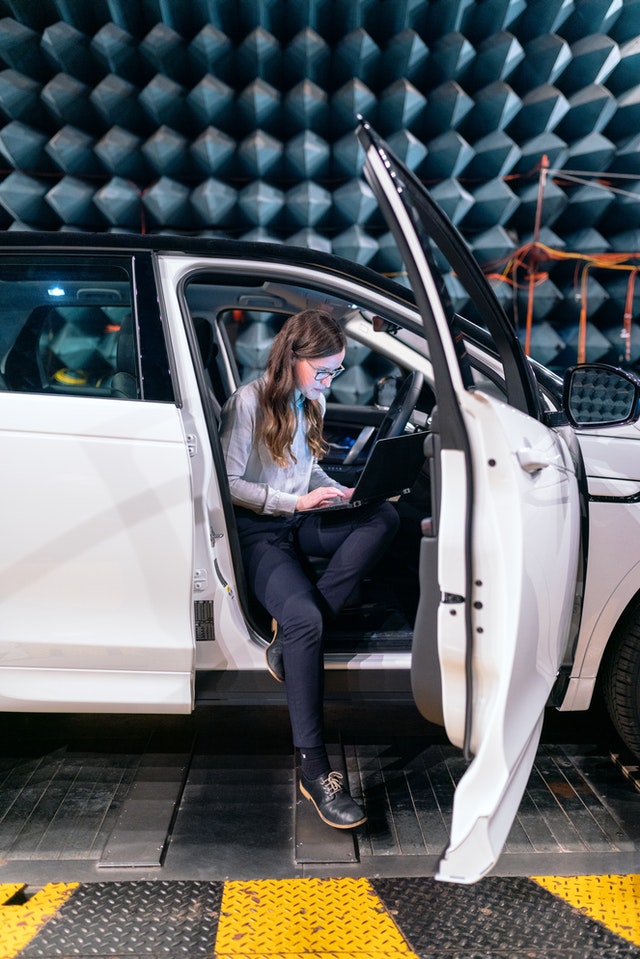Side impact tests were started in 2003 by the Insurance Institute for Highway Safety (IIHS) through a test program. This was parallel to the impact tests performed by the federal government on newly made passenger vehicles as part of the New Car Assessment Program (NCARP) but considered more reliable and provided better results.
IIHS impact tests were more advanced because the results are assessed from side impacts generated between small vehicle like a sedan and a taller vehicle such as a sports utility vehicle or SUV.
Impact test dummies
The IIHS test make use of two dummies portraying a small female or a 12-year old child seating on the driver seat and rear seat at the back of the driver seat. This is because shorter drivers are more likely to have their heads come in contact with the front end of the left side bumping vehicle.
The impact tests performed by IIHS is considered severe and is a very reliable testing method to determine what good side protection is required for the driver and the passenger to survive this severe crash without inflicting serious injuries.
Injury values obtained from the two dummies are used to identify what injuries can be experienced by people in the real world when hit from their vehicle side. The injury measures particularly from the head and upper body of the dummies are important to determine the vehicle overall side rating.
The head protection capability of the vehicle during side impacts is determined by first applying greasepaint on the heads of the dummies prior to start of side crash test.
The paint can pinpoint what parts of the vehicle will hit the head of the driver and passenger after a side impact or if the air bags of the vehicle reliably protect the driver and passenger. Greasepaint on the air bag suggests that the air bags have effectively or correctly worked.
The vehicle structural performance against side impacts can also be assessed by determining the amount of penetration into the vehicle occupant chamber or pillar area between doors.
The intrusion into the vehicle chamber cannot be avoided from hard side impacts but should not lead to serious injuries to the driver and passenger which means the vehicle side is structurally sound when less damage to the dummies are recorded.
Side ratings obtained from side impact tests can be compared with respect to vehicle weight classifications and vehicle types since the kinetic energy used in the side impact assessment is always based on the speed and weight of the moving barrier.
A side impact test that includes an optional airbag can be requested by the car manufacturer. All results of side impact tests performed by IIHS are posted in the website.
